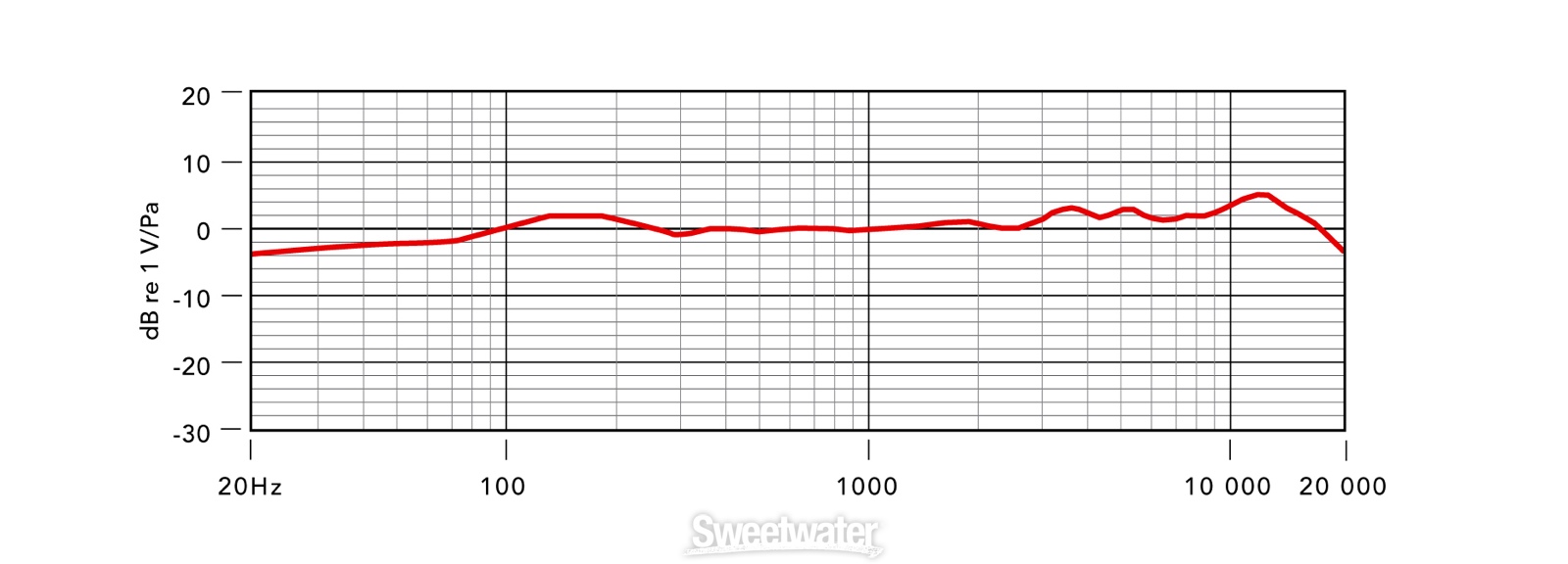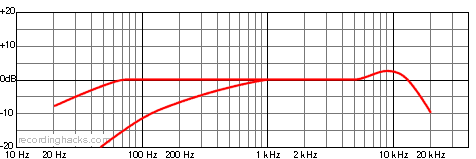Best thing I can say is to use them frequency... I meant frequently... Such that you are familiar with them. Spend a lot of time recording with the same mic's. Then mixing and mixing and mixing (listening). Then build some nice mic's (ie; nice capsules) and then a/b. record more and mix, mix, mix. Edit & mix.
To me there is a filtered quality in most of the cheap mic's (ie; capsules) which is not there in the higher quality mic's (capsules).
I have come to think of a capsule sort of like a complex little room with various honeycomb resonant chambers, membrane diffusers, and acoustic pressures & delay networks. Add in the electrical properties, membrane materials, and head basket acoustics and I guess it gets real complicated. I am amazed any of them sound any good.
I don't think frequency response is an accurate description of anything. Especially +/- a db or two over 20-20k. That could be anything when you consider for instance a 24 channel mix. This, that, the other up or down a db here and there makes all the difference.
Frequency response is obviously important (if we could have a standard measurement scenario to quantify & compare) but what else is there? Transient response? Off axis nulls? THD? RT60 of the acoustic space in the capsule/basket? Waterfall? Modes?
I don't know. Mostly talking outta my backside but worth discussion methinks.
Cheers,
jb
 R0de NT1A
R0de NT1A Neumann U87
Neumann U87 MXL 2001 (no royer mod
MXL 2001 (no royer mod  ) +10db...yikes
) +10db...yikes AKG c414 TLII
AKG c414 TLII





